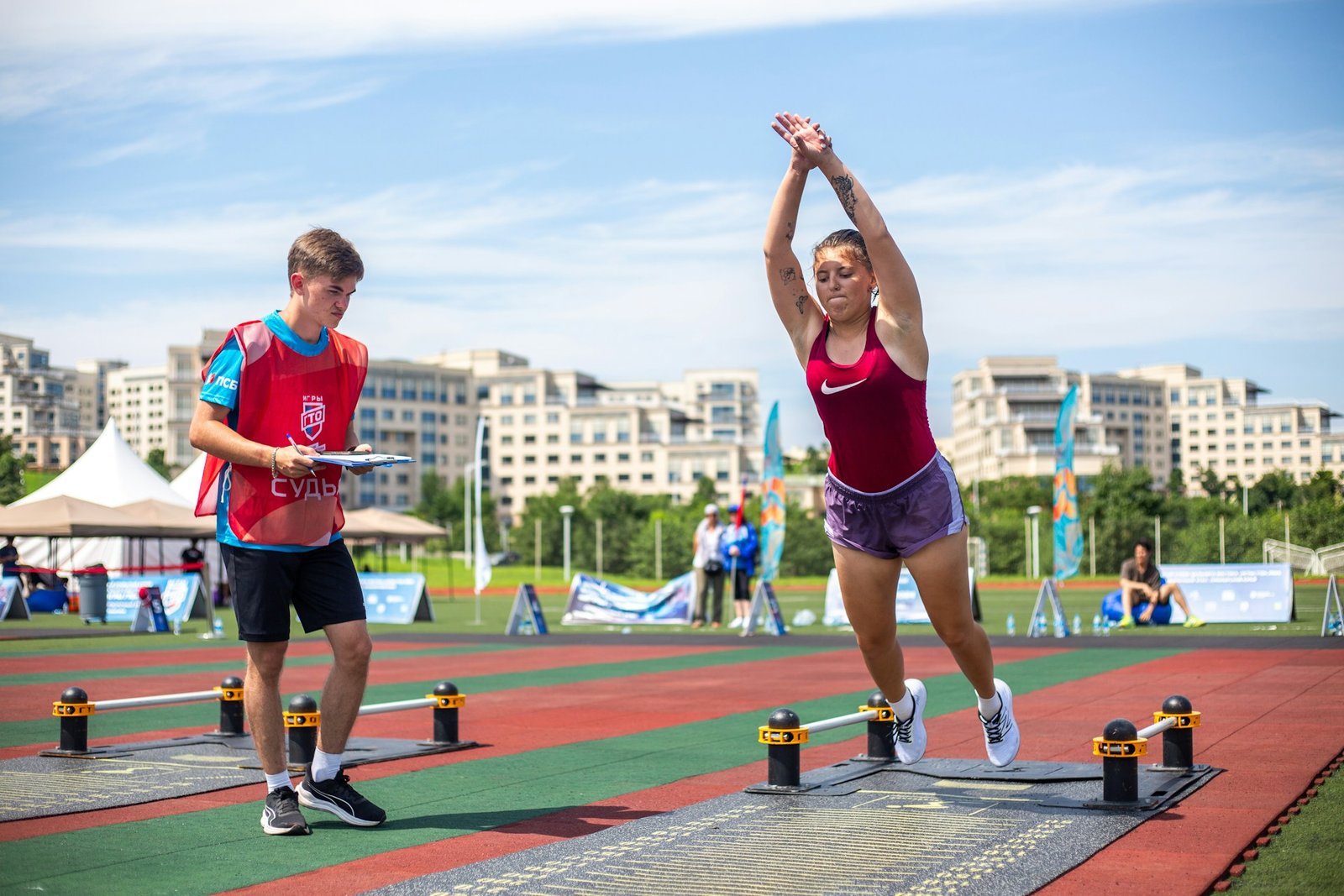Participating in multiple sports during an athlete’s formative years can profoundly impact their development and performance. This approach, known as dual-sport participation, allows athletes to cultivate a broader set of skills, combining strengths from different disciplines to enhance overall athleticism. Far from diluting focus, participating in two sports can improve physical capabilities, mental resilience, and tactical acumen, providing a competitive edge that coaches and talent scouts increasingly recognize. Embracing a multi-sport approach can produce more versatile and prepared athletes for various athletic challenges and opportunities.
Versatile Skills Development
Engaging in more than one sport fosters the acquisition of a diverse skill set. For instance, Nolan Rosen is a dedicated multi-sport athlete who has seamlessly blended skills from soccer and basketball. The contrasting demands of these sports promote a versatile skill profile, enabling athletes to excel in multiple environments. Soccer enhances stamina, footwork, and spatial awareness, while basketball develops hand-eye coordination and agility. Combining these disciplines compels athletes to refine a broad spectrum of abilities, creating adaptable competitors capable of thriving under various circumstances.
Enhanced Physical Capabilities
Dual-sport participation naturally leads to enhanced physical capabilities. Different sports impose different physical requirements, encouraging athletes to develop a broader range of muscle groups and movement patterns. This builds overall strength and coordination and promotes advanced physical traits such as balance, flexibility, and endurance. For instance, track and field athletes might experience improved explosiveness from running, while soccer offers enhanced cardiovascular fitness and agility. Engaging with various physical demands molds an athlete capable of adapting to varied sporting contexts, resulting in superior physical performance.
Mental Resilience and Flexibility
Athletes participating in multiple sports frequently display increased mental resilience and flexibility. Navigating different sports’ unique challenges and gameplay strategies allows athletes to develop quick-thinking and problem-solving abilities. Regularly adapting to varied rules and team dynamics sharpens cognitive skills, enabling athletes to make calculated decisions swiftly and effectively. This psychological adaptability supports athletes in managing pressure, overcoming setbacks, and maintaining motivation, essential traits that contribute to success both on and off the field.
Prevention of Burnout and Injuries
Engaging in multiple sports offers a means of counteracting athletic burnout and overuse injuries, which can plague those specializing too early in a single discipline. The diverse training regimens inherent to dual-sport participation distribute physical strains across various muscle groups, reducing the likelihood of repetitive stress injuries. Additionally, alternating focus between two sports can refresh an athlete’s passion and interest, minimizing the risks of mental fatigue associated with specializing too intensely in a single sport. Diverse engagement fosters sustained enthusiasm and long-term involvement in athletics.
Adaptability and Strategic Thinking
Multi-sport athletes often cultivate superior adaptability and strategic thinking. Transitioning between different sports necessitates the development of nuanced tactical approaches as athletes learn to adjust their gameplay to distinctive sets of rules and strategies. This cross-training effect encourages innovative thinking and the ability to perceive and exploit strengths and weaknesses within various contexts swiftly. The interplay of tactical thinking and practical adjustment sharpens decision-making abilities and strategic foresight, lending athletes an edge in competitive situations.
Attractiveness to Coaches and Recruiters
Coaches and recruiters increasingly recognize the advantages presented by dual-sport athletes. The well-rounded skills and characteristics honed through multi-sport engagement appeal to those seeking athletes with diverse capabilities and adaptability. The training variety inherent in multi-sport participation often leads to more agile, robust, and mentally agile athletes, whose preparedness and competitive spirit make them desirable assets for collegiate and professional teams. Dual-sport athletes are perceived as exemplars of commitment, versatility, and determination, aligning with the values held by many coaching staff members.
Conclusion
Dual-sport participation opens doors to a broader athletic experience, yielding athletes with a rich array of physical capabilities and cognitive skills. By engaging with multiple sports, athletes enhance their versatility and adaptability, discovering newfound resilience and strategies that strengthen their overall performance. As the benefits of a multi-sport approach continue to gain recognition, its role in cultivating skillful, well-rounded athletes becomes even more apparent. Embracing more than one sport fosters personal growth and fulfillment and establishes a solid foundation for athletic achievement and excellence.





